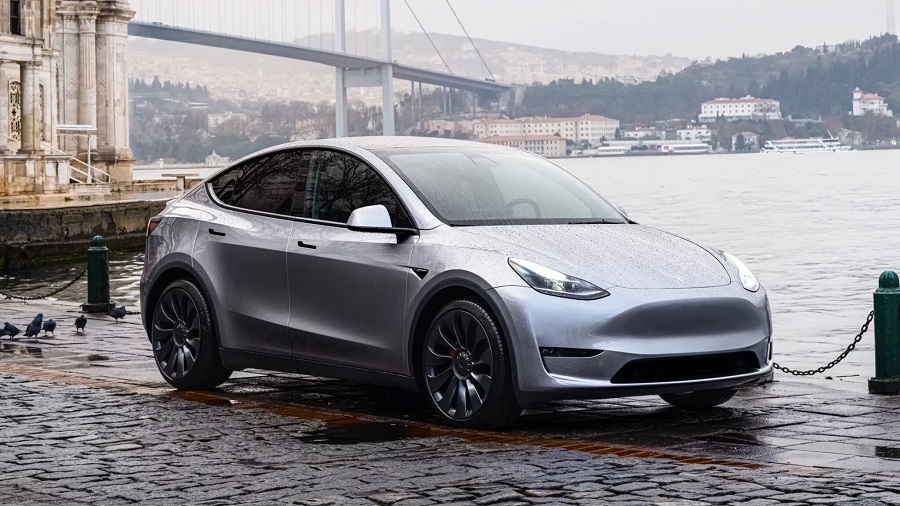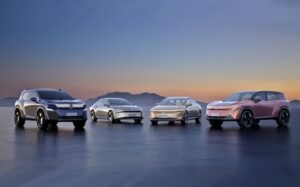Chinese EVs are leading a significant shift in the European automotive landscape, underscored by a substantial 10% increase in the overall market in February. However, this overall growth is dwarfed by the impressive surge in popularity of electric vehicles (EVs) manufactured in China, which are quickly establishing a major presence on the continent. This remarkable rise in demand is largely attributed to numerous Chinese Original Equipment Manufacturers (OEMs) accelerating their exports to Europe, in part due to the European Union’s upcoming decisions on EV subsidies.
Amidst this backdrop, brands traditionally perceived as Western powerhouses, such as Tesla, MG, and Volvo, are at the forefront of this invasion, despite their vehicles being manufactured in China. This phenomenon raises a provocative question: How long will it take before the dominance of Western automakers in Europe is seriously challenged by their Chinese counterparts? With current trends suggesting Chinese EVs represented a staggering 20% of new EV registrations in February alone, the landscape of the automotive market is undeniably changing rapidly.
The data presents a compelling narrative; registrations of Chinese EVs in Europe surged by an astonishing 45% in February compared to the same month in the previous year, with a nearly consistent growth rate of 43% observed over the first two months of the year. This growth significantly outpaces the general market’s expansion, indicating a unique upward trajectory for Chinese-manufactured vehicles. Such a trend starkly contrasts with the more modest growth rates seen from traditional automotive powerhouses like Germany and Spain, which each only saw a 6% increase in their market shares.
An analysis by Jato Dynamics reveals that vehicles manufactured in China have not only outsold those from countries like Italy, Korea, Morocco, and Romania but are also rapidly closing the gap with those produced in Turkey and the UK. Felipe Munoz, a Global Analyst at Jato Dynamics, attributes this growth to strategic moves by Chinese OEMs, who accelerated their imports to Europe in anticipation of the EU’s decision on the anti-subsidy investigation. This proactive approach could be a double-edged sword, potentially facing increased tariffs that might slow their momentum but also demonstrating their agility and readiness to expand their footprint in Europe.
However, a crucial distinction emerges when dissecting the composition of these Chinese EVs registrations. A significant portion, approximately 44%, of these vehicles were registered under Western brands such as Tesla, Volvo, and Dacia, while an additional 40% of the sales were attributed to MG vehicles, which, though Chinese-owned, are still widely regarded as European. This leaves a mere 16% for genuinely Chinese brands, suggesting that the perceived invasion might be more nuanced than initially believed.
Despite these impressive strides, Munoz suggests that European automakers might still have some time to adapt and respond to this emerging challenge. The ascent of Chinese brands in the European market, although undeniable, is not immediate. These brands face the dual challenge of not only enhancing their vehicles’ performance and affordability but also overcoming entrenched perceptions and increasing brand awareness among European consumers.
In conclusion, while the rise of Chinese EVs in Europe is a testament to the dynamic nature of the global automotive industry, it also underscores the complex interplay of brand perception, market strategy, and geopolitical factors. As these trends continue to evolve, the European automotive landscape is set to witness a fascinating transformation, one that might redefine the balance of power in the industry for years to come.





